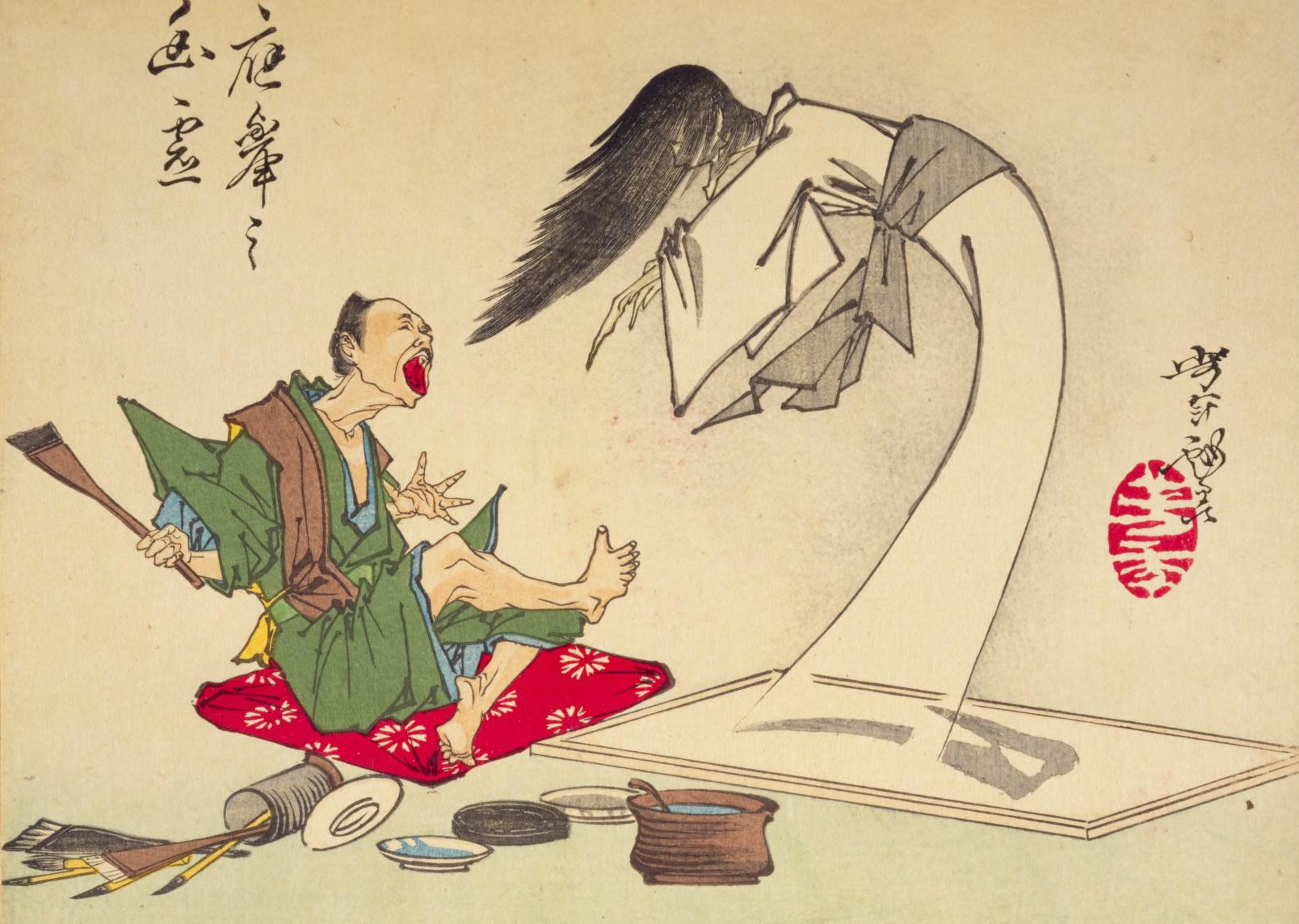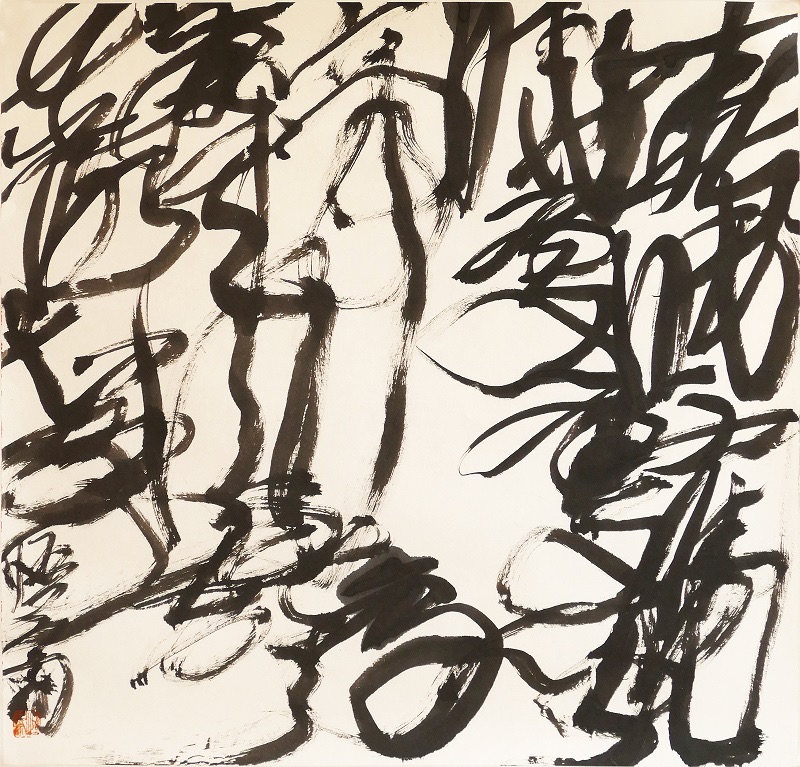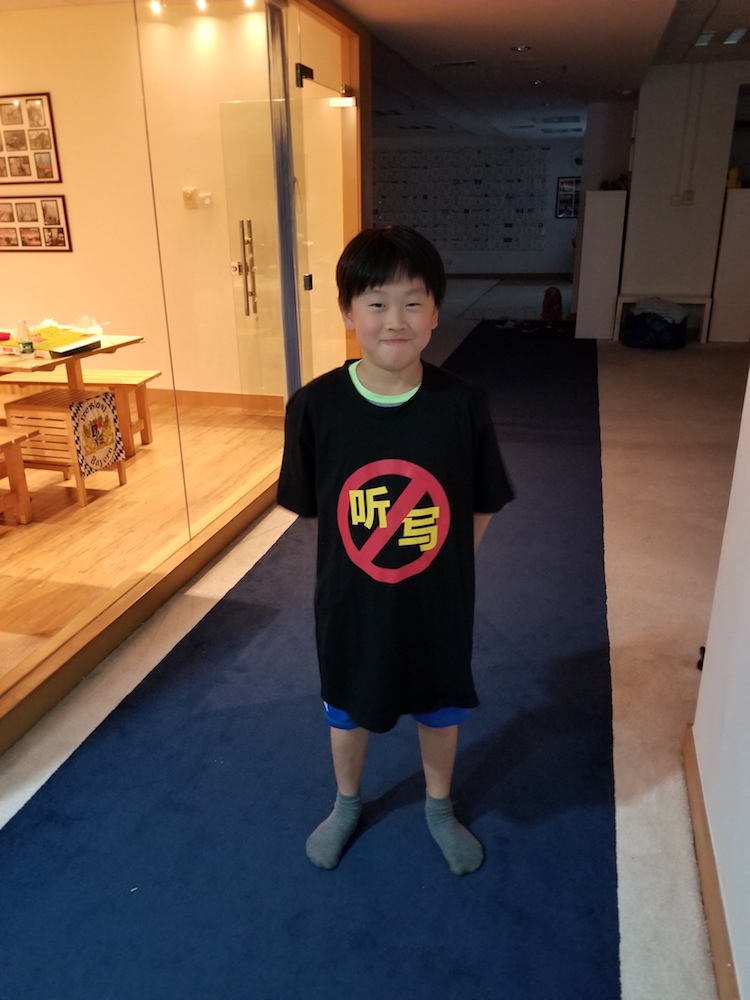Archive for Writing
The wrong way to write Chinese characters
This is one of the best, general, brief introductions to the challenges of the Chinese writing system I know of:
Read the rest of this entry »
Writing characters and writing letters
A few days ago, I wrote the following titles on the blackboard in my "Poetry and Prose" class:
Dà Táng Sānzàng qǔjīng shīhuà 大唐三藏取經詩話 (Poetic Tale of Tripitaka of the Great Tang Fetching Scriptures)
Yóuxiān kū 遊仙窟 (The Grotto of Playful Transcendants)
Guānshìyīn yìngyàn jì 觀世音應驗記 (Records of the Verifications of Responses by Avalokiteśvara)
As I was rapidly writing the strokes of the characters — click click click tick tick tack tack click clack tick tack — I suddenly became aware of how different the writing sounded from when I write something in Roman letters. Not only did writing characters sound very different from the way writing letters sounds, the two types of script have a very different kinetic feel to them.
Read the rest of this entry »
Stroke order of Chinese characters
Here on Language Log, we have often encountered the problem of stroke order and total number of strokes used in writing Sinographs (see the section on "Readings" below). In this post, I would like to approach this problem from a discussion of how to write two seemingly simple characters:
tū 凸 ("convex; protude; bulge out")
āo 凹 ("concave; hollow; sunken")
Although I don't like to use the expression "ideograph" or "ideogram" for Chinese characters in general, since only a tiny proportion of them are actually ideographic in nature, these two really are ideographs. I find these two characters cute, and actually have long harbored a secret affection for 凸 and 凹. They are amusing and attractive — until you try to write them according to the rules of Chinese brush strokes and stroke order. Then all hell breaks loose.
Read the rest of this entry »
Chaotic calligraphy
In the middle of last month, I participated in a double book launch by Cambria Press in Singapore (links here, here, and here). The event was held at one of Singapore's most outstanding art galleries, called iPreciation (links here and here). This is what I saw as soon as I walked in the door:
Read the rest of this entry »
Spectral Sinographs

Be careful what you write. via the National Diet Library
Read the rest of this entry »
No dictation
The boy in the photos below is Alexander Aurelius Wang. He is one of our youngest fans in Shenzhen. He doesn't like writing characters from dictation (tīngxiě 听写 / 聽寫):
Read the rest of this entry »
Really weird sinographs, part 2
Some of the commenters to the first part of this series seem to be making the case that many of the characters chosen by Scott Wilson for his SoraNews24 article are not so weird after all. I beg to differ. I think that all of the characters he chose are truly strange, awesomely odd. Even those who are skeptics admit that the loopy and curvy ones are unusual. But I think that Wilson has done a good job of picking out weird characters from Morohashi, and as noted in the o.p., there are thousands more that might be thought of as weird.
Read the rest of this entry »
Really weird sinographs
Scott Wilson has written an entertaining, and I dare say edifying, article on "W.T.F. Japan: Top 5 strangest kanji ever 【Weird Top Five】", SoraNews24 (10/6/16) — sorry I missed it when it first came out. Wilson refers to the "Top 5 strangest kanji", but he actually treats nearly three times that many. The reason he emphasizes "5" is so that he can stick with his theme of W.T.F., cf.:
Scott Wilson, "W.T.F. Japan: Top 5 most difficult kanji ever【Weird Top Five】", SoraNews24 (8/4/16)
Scott Wilson, "W.T.F. Japan: Top 5 kanji with the longest readings【Weird Top Five】", SoraNews24 (4/20/17)
Read the rest of this entry »


